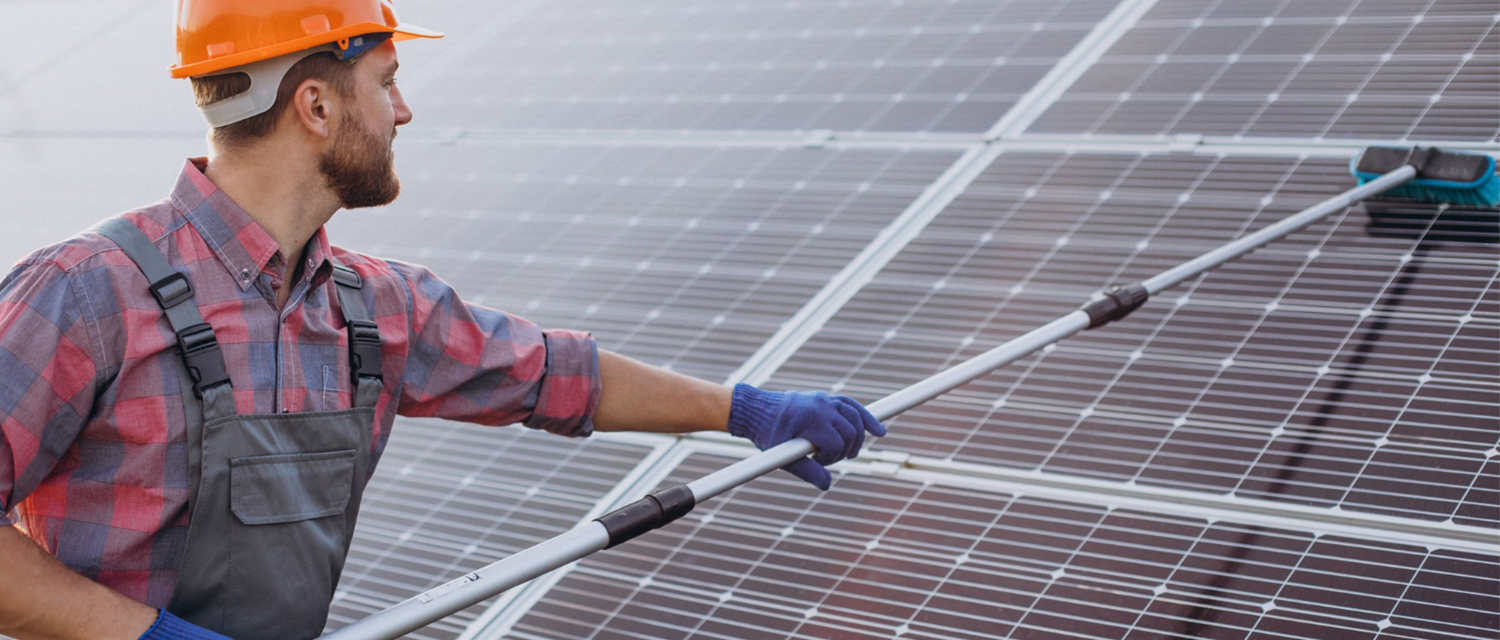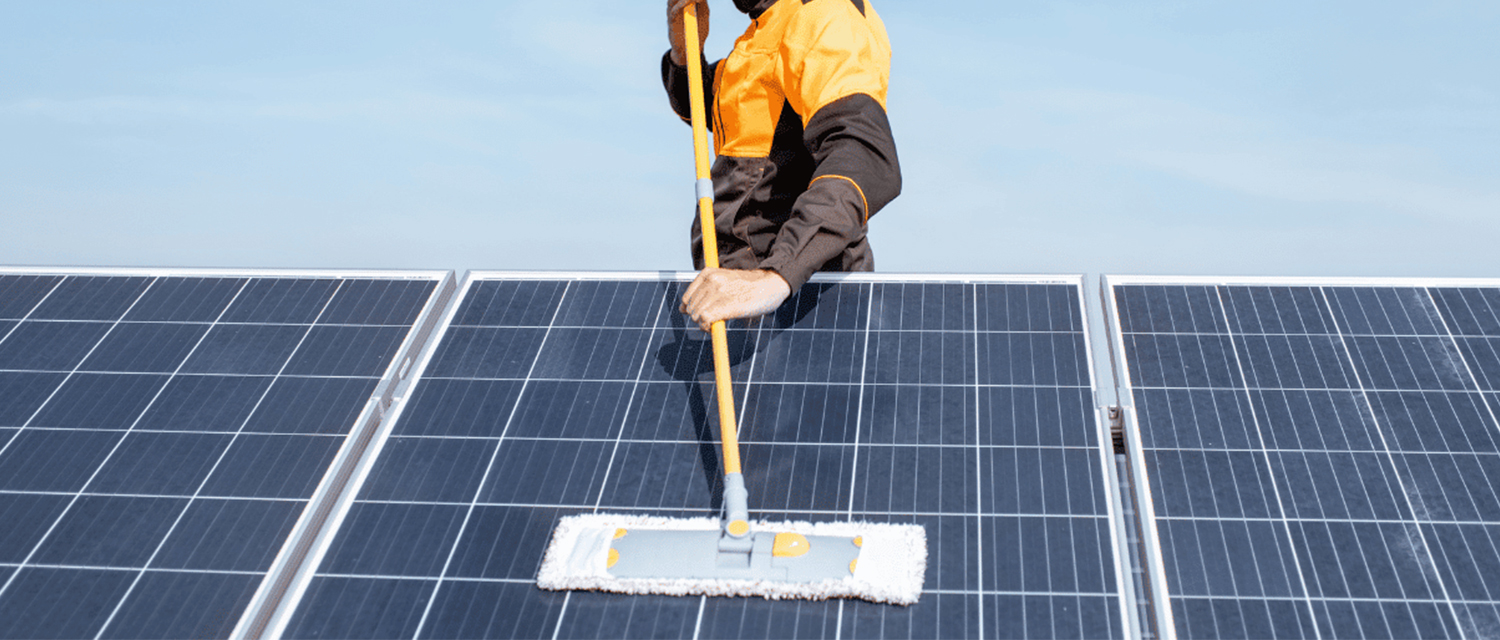Harnessing the Power of the Sun: A Guide to Home Solar Panel Installation in Australia
Australia has enough sunlight, which is the best condition for getting solar energy. Homes with solar panels installed can save 30%-40% on energy costs yearly. As Australia continues to embrace renewable energy, home solar panel installations have become a popular choice for households looking to reduce energy bills and their carbon footprint. With over 3.4 million solar installations nationwide, Australia ranks among the global leaders in rooftop solar adoption. The country’s abundant sunshine—averaging 2,800 hours annually—makes it an ideal environment for solar energy generation.
Installing solar panels is not just an eco-friendly decision; it’s a smart financial investment. On average, homeowners can save between $600 to $1,000 annually on electricity bills, with systems often paying for themselves within 3 to 5 years. Government incentives, like the Small-scale Renewable Energy Scheme (SRES), further reduce upfront costs, making solar more accessible than ever.
In this blog, you will find everything you want to know about the set-up of solar panels in Australian homes. Check how to choose your solar panel system, the costs and benefits, and how to care for your solar panel.
Understanding Solar System Components
A typical solar power system consists of several key components, each playing a vital role in harnessing and delivering clean energy to your home. Here’s a breakdown of the essentials:
Solar Panels: These are the heart of the system, capturing sunlight and converting it into direct current (DC) electricity. Modern panels are highly efficient, even in Australia’s diverse weather conditions.
Inverter: The inverter is the brain of the system, transforming the DC electricity generated by the panels into alternating current (AC), which powers your home appliances.
Solar Battery (Optional): A solar battery stores excess energy generated during the day for use at night or during peak demand periods. This is especially useful for maximising energy independence and reducing reliance on the grid.
Mounting System: This framework securely attaches the solar panels to your roof, ensuring they are positioned at the optimal angle to capture sunlight.
Monitoring System: A monitoring system allows you to track your energy production and consumption in real-time, helping you optimise usage and identify any potential issues.
Why Choose Solar Energy?
Solar energy is more than just a trend—it’s a smart, sustainable choice for homeowners and businesses alike. Here are compelling reasons to switch to solar power:
- Reduce Energy Bills: Solar panels generate free electricity from the sun, significantly lowering your monthly energy costs. In Australia, households can save between $600 to $1,000 annually, depending on system size and energy usage.
- Environmentally Friendly: Solar energy is a clean, renewable resource that reduces greenhouse gas emissions. By going solar, you’re helping combat climate change and reducing reliance on fossil fuels.
- Government Incentives: Australia offers attractive incentives, such as the Small-scale Renewable Energy Scheme (SRES), which provides financial rebates to reduce the upfront cost of solar installations.
- Energy Independence: With solar panels and a battery storage system, you can generate and store your own power, reducing dependence on the grid and protecting against rising electricity prices.
- Increased Property Value: Homes with solar installations are more attractive to buyers and often sell at a premium. Studies show solar panels can increase property value by up to 4%.
- Abundant Sunshine: Australia is one of the sunniest countries in the world, with an average of 2,800 hours of sunlight annually. This makes it an ideal location for solar energy generation.
- Low Maintenance: Solar systems require minimal upkeep, with most panels lasting 25 years or more. Regular solar panel cleaning and occasional inspections are all that’s needed to keep them running efficiently.
Process of Solar System Installation
Step 1: Find Out if Solar is Right for Your Home
First, you must decide whether installing solar panels in your house is possible. Schedule a meeting with a solar panel installer to evaluate your home and determine eligibility. The installer will examine your roof space, solar exposure, and shady area. North-facing roofs are the best in Australia, but east or west facing roofs can be also used.
Step 2: Choose the Right Solar Installer
Selecting a good installer is vital. Select a solar installer involved in a consumer protection program like the New Energy Tech Consumer Code (NETCC) Program. Established by the Clean Energy Council, this program provides national benchmarks to safeguard consumers. Other sources one can use are friends or family. Online reviews and ratings can assist in choosing a good solar panel installer.
Step 3: Compare Quotes
Research to acquire quotations from different installers. A good quote should involve a site-specific system design, an installation schedule and a performance expectation. It should also list all parts and products, the guarantee, and a component cost list. This also includes any rebates, discounts or any amount of money that is given back to you.
Step 4: Sign the Contract
After deciding on the installer, you must enter a contract. Ensure the contract is understandable and does not contain jargon or complex legal language. Discuss the payment procedure and select the most suitable payment method for you. This means that before putting your signature on any legal document, ensure you have carefully reviewed the document's content, especially the parts that include the contract terms.
Step 5: Schedule the Installation
Your installer will arrange a particular day to carry out the installation. It often lasts one or two days, depending on the number of modules and the system's overall size. The installer will then connect the wires, turn on the system, and reactivate it after testing. They should also include information on using the system through information sheets or manuals for every part.
How to Select the Appropriate Solar System for Your House
Assess Your Energy Consumption
Before selecting a particular solar system, evaluate your energy demands. Look at your energy payments to determine how many lighting devices you use daily. These suggestions will assist you in selecting the appropriate size for your solar device.
Consider Your Roof Space and Orientation
The size of the roof and its orientation are factors that cannot be overlooked. The North-facing roofs provide the most heat in Australia, but roofs facing east or west can also collect heat. Ensure you have enough roof space to accommodate the required number of panels.
Set Your Budget
Like automobiles, solar systems vary in size and cost. Choose a unit that meets your energy requirements without charging too much. Always remember that a solar system is an investment that will pay back in the long run.
Costs of Solar Panel Installation
Initial Costs
The average cost of solar panel installation in Australia depends on the system size. A small 3-4 kW system costs around $3,000 to $5,000, a medium 5-6 kW system ranges from $4,500 to $8,000, and a large 7-10 kW system can cost between $7,000 and $12,000. These prices include panels, inverters, and installation. Government incentives, like STCs, can reduce costs by up to 30%.
Ongoing Costs
Solar systems are low-maintenance, with occasional cleaning and inspections costing around $150-$300 annually. Inverters may need replacing after 10-15 years, costing $1,000−$2,000.
Solar Panel Installation Labour Costs
The labour cost for solar panel installation in Australia typically ranges from $500 to $1,500, depending on the job's complexity. Simple installations on standard roofs (like tin or tile) cost around $500 to $800, while more complex jobs (steep, multi-level, or tiled roofs) can go up to $1,000 to $1,500. Most installers include labour in the total system price, but costs may vary by location and additional work, such as electrical upgrades.
Government Incentives and Rebates
To encourage the use of solar electricity, the Australian government gives diverse incentives and rebates:
Small-scale Renewable Energy Scheme (SRES): Australia’s Small-scale Renewable Energy Scheme (SRES) provides financial incentives in the form of Small-scale Technology Certificates (STCs). These can reduce the upfront cost of your system by up to 30%. For example, a 6 kW system might qualify for around $2,000 in STCs.
Feed-in Tariffs (FiTs): Many states also have programs that provide monetary compensation to operators of solar plants so that they can return the excess electricity they generate to the grid. What is more, different tariffs are in force in different areas.
State and Local Government Incentives: Certain states and local governments may provide extra incentives such as rebates or subsidies. Consult the relevant energy department of your state or territory for further information.
Maintaining Your Solar System
Maintenance is critical to ensure that your specific solar system will always run effectively.
Keep Your Panels Clean
Dust, dirt, or bird droppings can impact your panels' performance. Clean them often, and if you find it hard to do so, consider seeking the services of a specialist. Rain washes them, but if you can get to them with a hose, you might find it necessary to do so from the safety of the ground.
Monitor Your System
Performance tracking based on the monitoring system your installer offers will assist you in the early diagnosis of such problems.
Schedule Regular Inspections
Take your system to a professional for inspection at least once every three to four years. They will check for loose connections, damaged panels, or inverters.
Trim Surrounding Vegetation
Avoid placing trees and other types of growth in a manner that denies your panels access to sunlight. Remove any branches or foliage that may obscure the face of your panels.
After Installation: What to Expect
A competent installer should ensure they leave you with a manual once they install the system. They should also stick a sticker on the side of your power board to show you the type of solar system you have installed. You should receive a certificate of compliance indicating that the work has been done and that it complies with Australian standards. Last but not least, your installer ought to tidy up and switch your electricity back on.
Conclusion
Using solar power in your home is a wise investment decision. It is environmentally friendly and financially wise. Therefore, follow the steps discussed here to make the installation process as smooth as possible. Pick the right solar installer, compare the costs, and take proper care of the solar energy system to reap its benefits for a long time.












